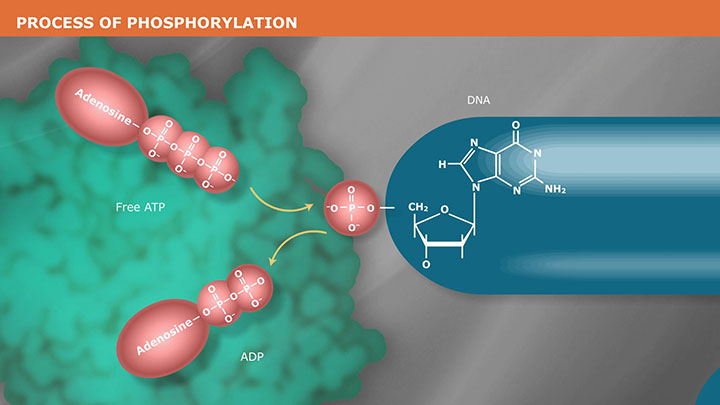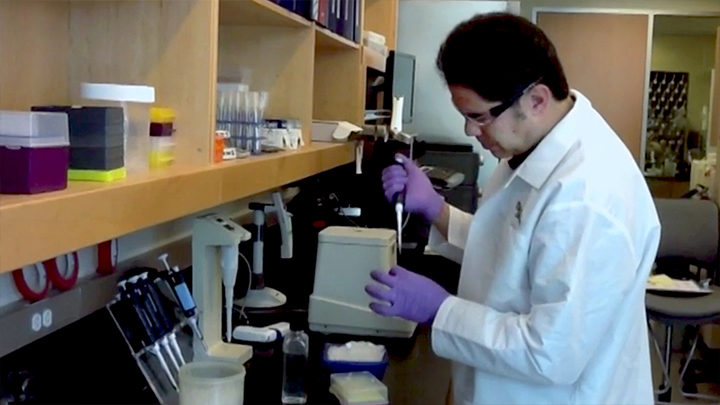The Mechanism of Dephosphorylation
Script
Dephosphorylation can be an important step in a cloning experiment, as it helps to prevent self ligation of the vector. In the cloning workflow, inserts and vectors that have been generated by restriction enzyme digestion possess a 5'-phosphate in a 3'-hydroxyl group, which are necessary for ligation to proceed. When working with vectors that have been digested with a single-restriction enzyme or two-restriction enzymes with compatible ends, removal of the phosphate group will prevent vector self ligation, reducing the background of transformants, which do not contain inserts. This will decrease the number of transformants needed to screen for clones with the correct insert.
If your insert is a PCR product, it will not have 5'-phosphates unless specified during primer synthesis or added by T4 polynucleotide kinase. For optimal cloning results, we recommend ligating a phosphorylated PCR product to a dephosphorylated vector to minimize self ligation of vector and reduce background colonies. The dephosphorylation reaction requires the hydrolysis of the ester bond between the terminal 5' nucleoside and the phosphate group. This is achieved using a family of enzymes known as phosphatases. Dephosphorylation can be accomplished with any number of phosphatases.
Related Videos
-

The Mechanism of DNA Phosphorylation -

What are the best conditions for DNA ligation?

